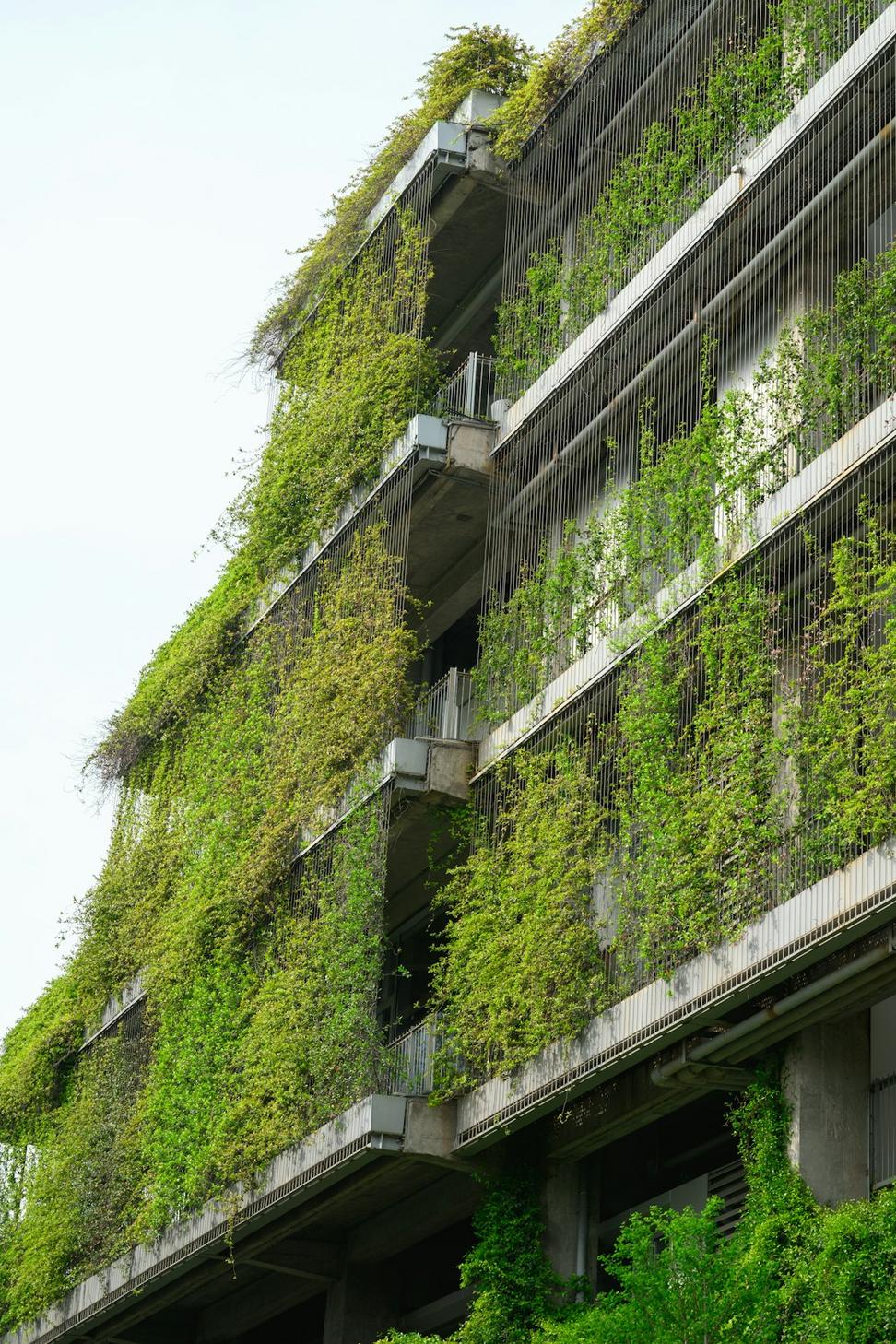
Design That Actually Gives Back
We're not just talking green - we're building it, measuring it, and living it every single day.
Look, I'll be honest - when I started this studio back in 2014, sustainability wasn't the trendy thing it is now. But after seeing how buildings were consuming nearly 40% of global energy, I couldn't just design pretty structures anymore. It felt... wrong, you know?
So we made a commitment: every project we touch has to leave the planet better than we found it. Not as a marketing gimmick, but because our kids deserve cities that breathe.
Today, we've reduced carbon footprints by over 12,000 tonnes across our completed projects. That's equivalent to taking 2,600 cars off the road permanently. And honestly? We're just getting started.
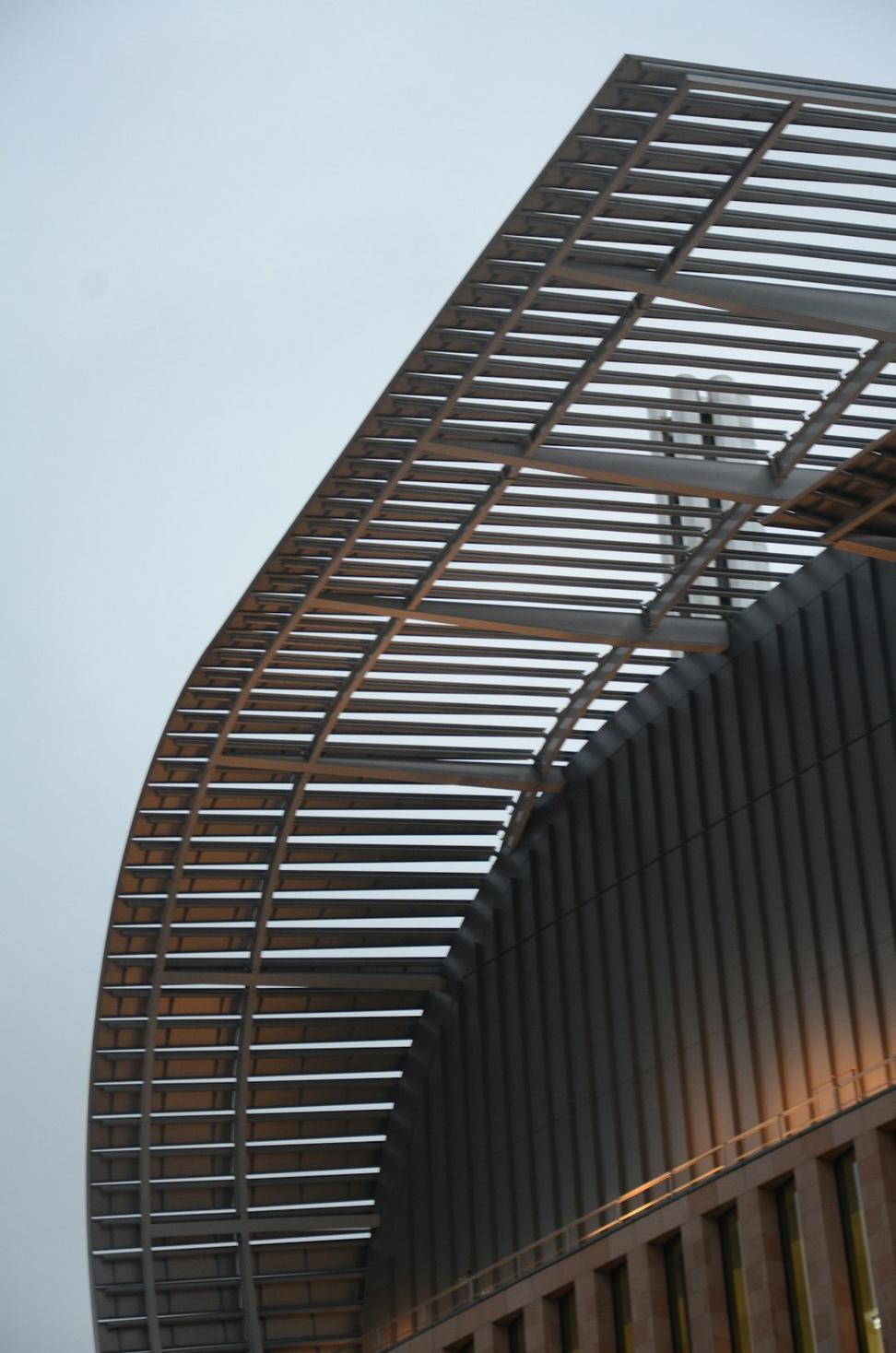
We've earned these through blood, sweat, and countless energy models
All our lead architects hold LEED AP credentials. We've delivered 23 LEED-certified projects, including 7 Platinum ratings.
Yep, we're certified Passive House designers. Because sometimes you need buildings that basically heat themselves.
We're one of the few studios in Western Canada actively pursuing LBC certification. It's brutal, but worth it.
Certified under Canada's Net Zero Energy Ready program. All our new builds can hit net-zero with minimal retrofitting.
Real data from our projects over the past decade
Compared to conventional buildings. Our Cypress Commons project hit 78% reduction - still proud of that one.
Through rainwater harvesting, greywater systems, and low-flow fixtures. Vancouver's rainforest climate makes this a no-brainer.
Construction waste diverted from landfills. We're religious about material reuse and recycling on-site.
Across residential and commercial rooftops. That's enough to power roughly 350 homes year-round.
Cumulative carbon savings from completed projects. And that number grows every year as buildings keep performing.
What our clients save every year on utility bills. Sustainability isn't just ethical - it's economically smart.
Here's where theory meets reality
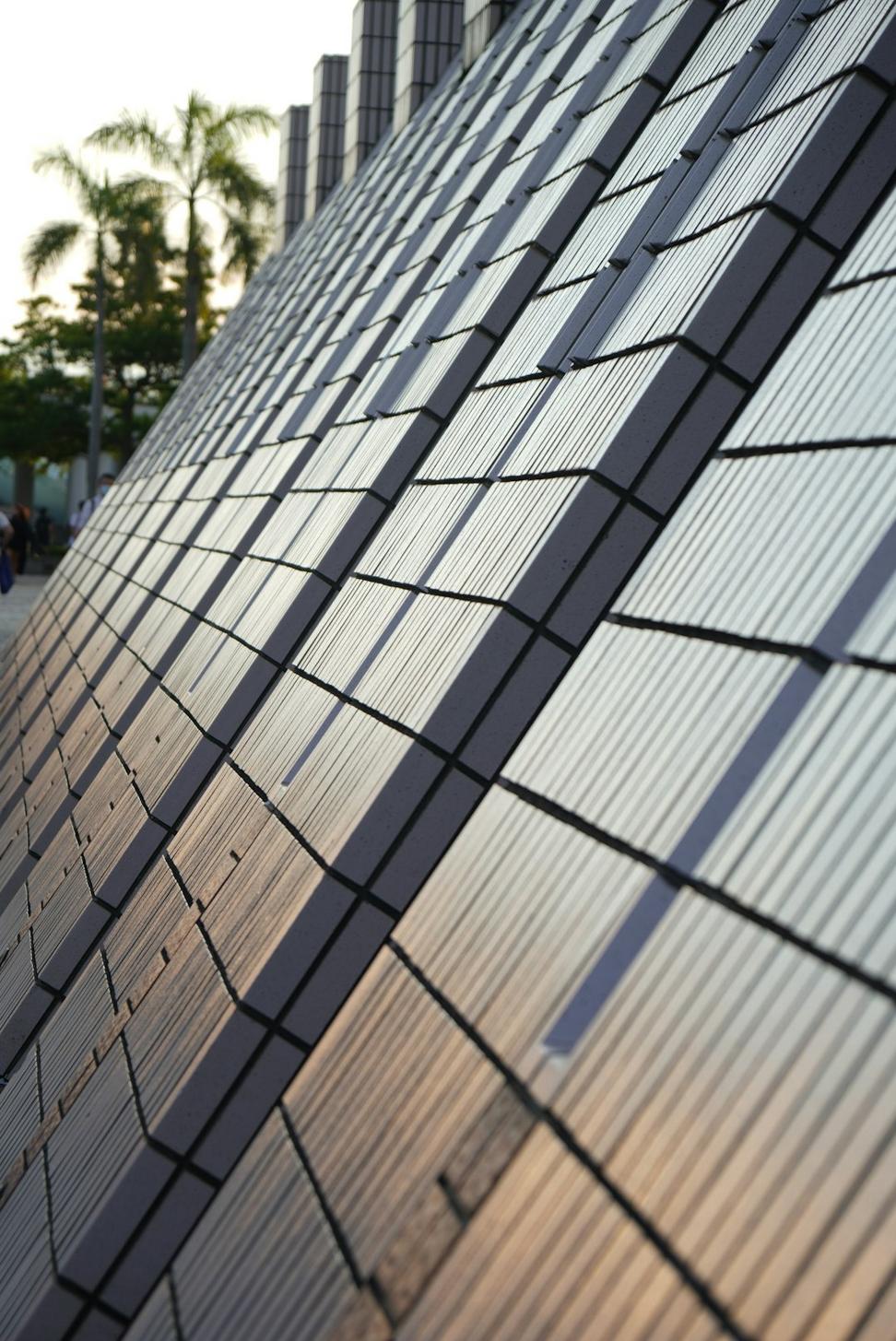
This 42-unit residential complex in North Vancouver was our first Passive House project, and man, it was a learning curve. But we pulled it off - heating costs are 87% lower than code minimum.
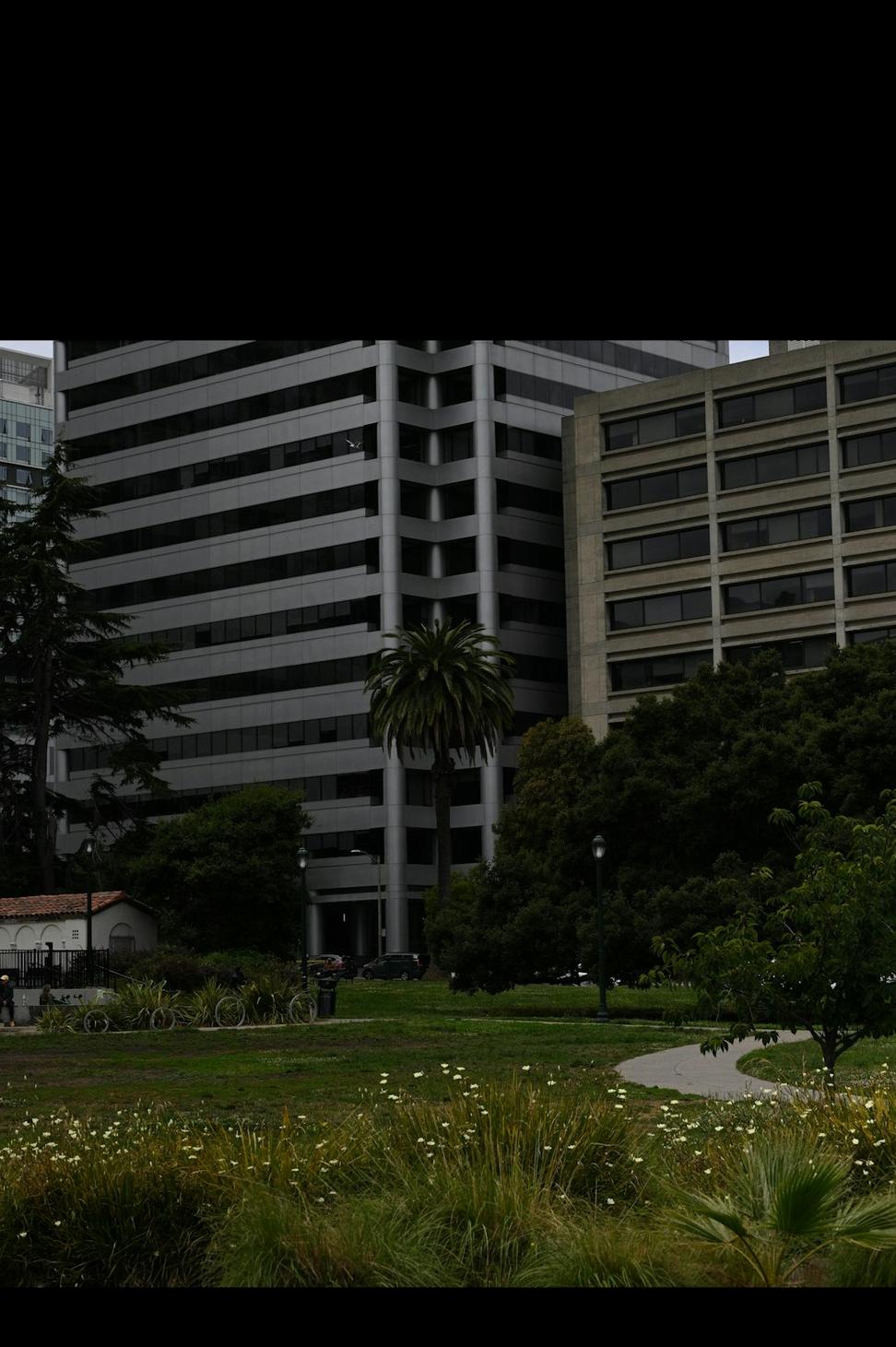
A 75,000 sq ft commercial office space that generates more energy than it consumes. Yeah, you read that right. The tenants actually get paid for their surplus energy production.
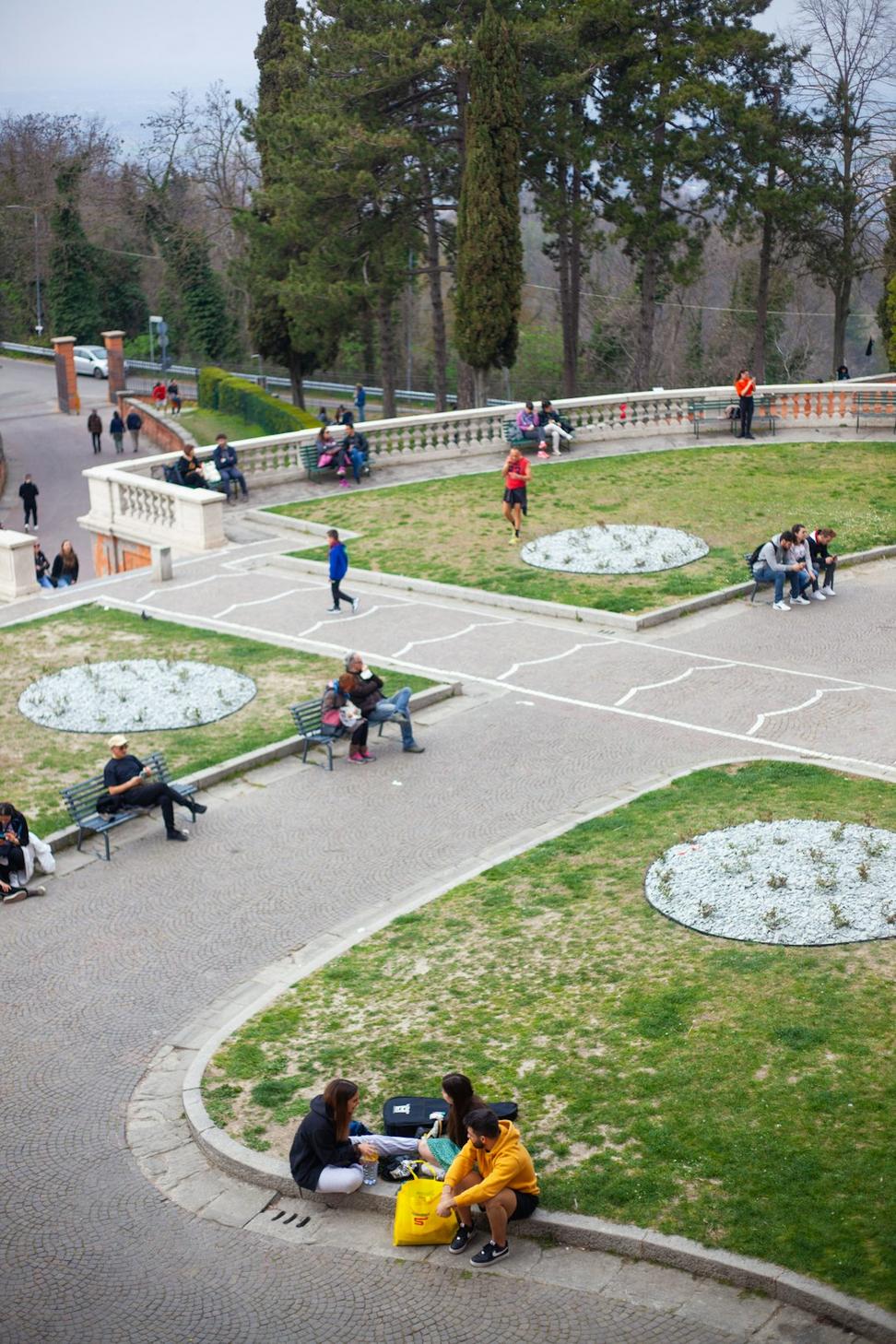
Transformed a former industrial zone into a mixed-use neighborhood. This one's close to my heart because we didn't just design buildings - we designed a whole community ecosystem.
It's not rocket science, but it does require discipline and expertise
Before we draw a single line, we're running simulations. We model dozens of scenarios to find the optimal balance between performance and budget.
We calculate embodied carbon from material extraction through end-of-life. Sometimes the "greenest" material isn't what you'd think.
Orientation, shading, natural ventilation - we maximize these before adding any mechanical systems. Technology should enhance, not replace, good design.
We're super picky about where materials come from. Local sourcing, ethical supply chains, and material health declarations are non-negotiables.
We don't just hand over the keys and disappear. We monitor performance for at least a year to ensure buildings actually perform as designed.
This field evolves fast. Our team spends 80+ hours annually on training, research, and staying current with emerging technologies.
About 11% of global CO2 emissions come from building materials production. So yeah, what we specify makes a huge difference.
We're obsessed with material sourcing - where it comes from, how it's made, and what happens when the building's life ends. Circular economy isn't just a buzzword for us.
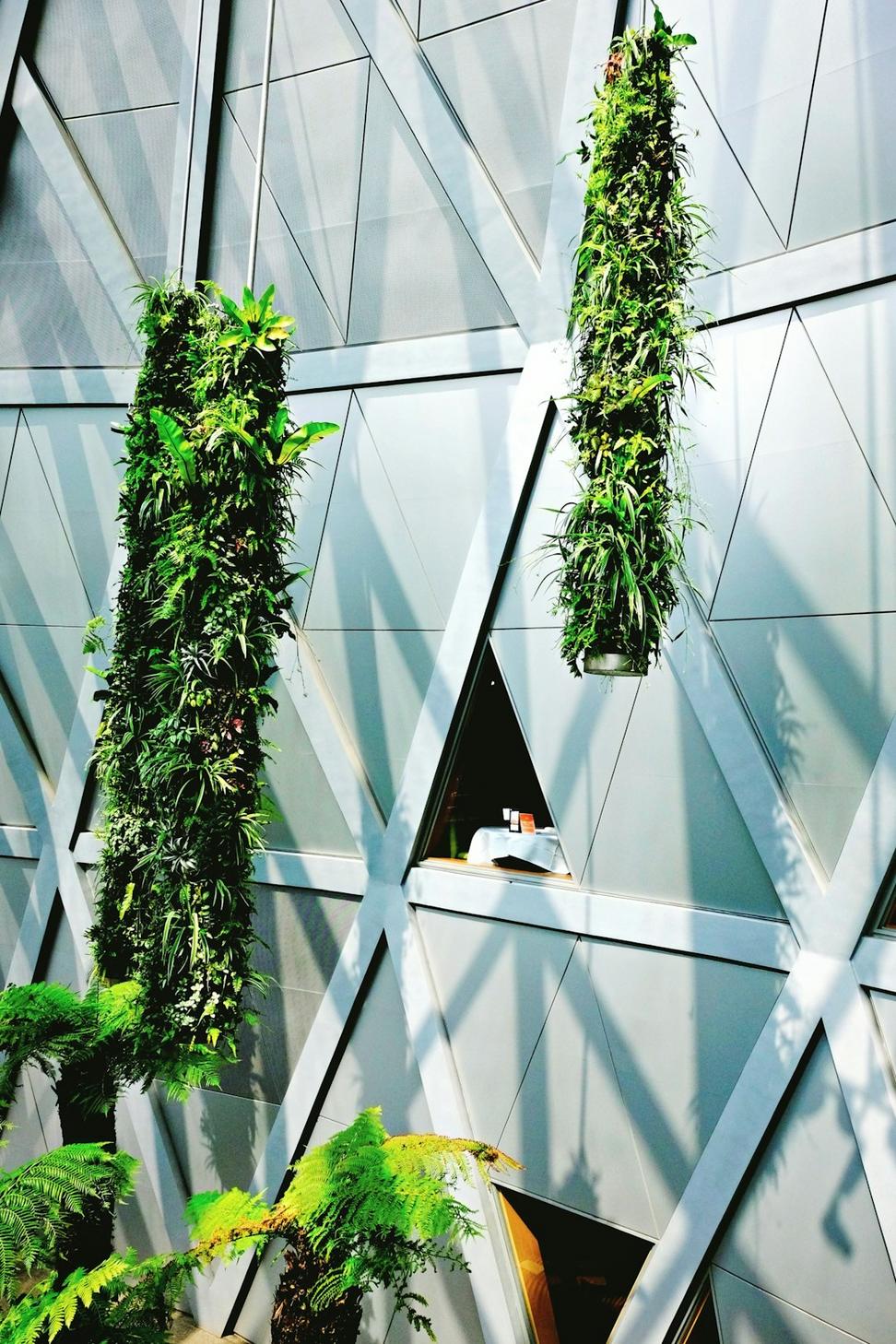
Cross-laminated timber and glulam beams store carbon instead of emitting it. Plus, they're structurally amazing and look gorgeous.
Recycled steel, reclaimed wood, recycled glass countertops - we aim for 30%+ recycled content across all projects.
Materials sourced within 800 km reduce transportation emissions. BC's got great options - we use 'em.
Paints, adhesives, sealants - all low or zero VOC. Indoor air quality affects health way more than people realize.
Cellulose, mineral wool, or rigid foam with zero HFCs. Insulation is unsexy but it's literally the most important decision.
We design for disassembly. When materials can be reused or recycled at end-of-life, we've done our job right.